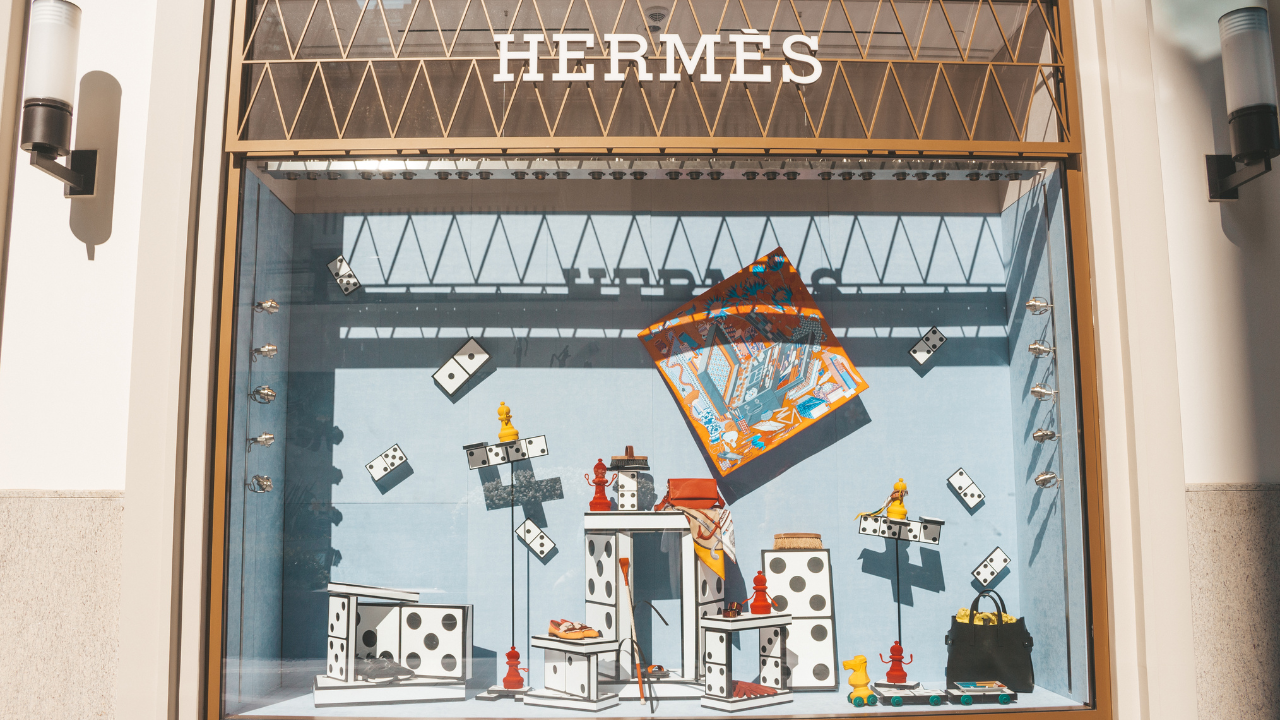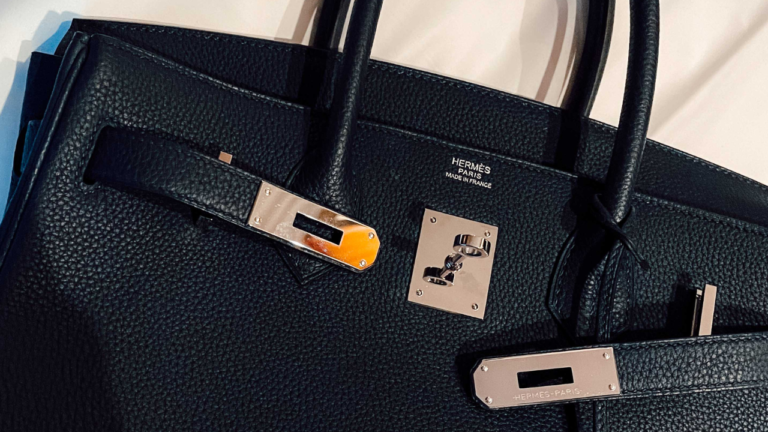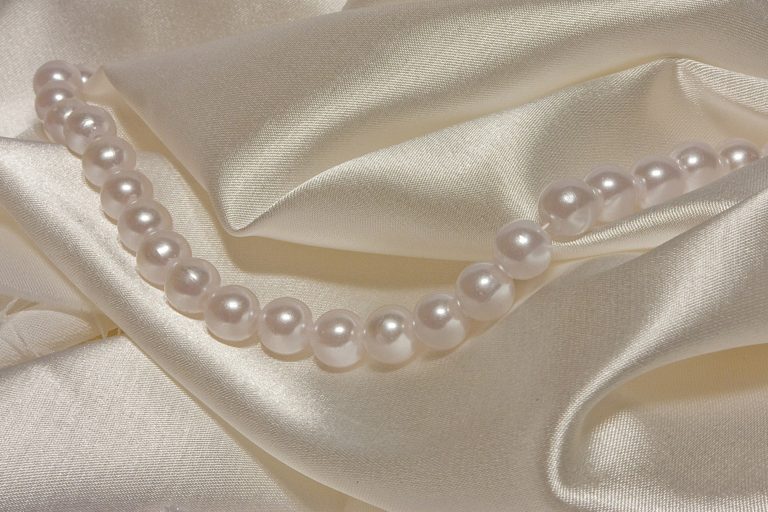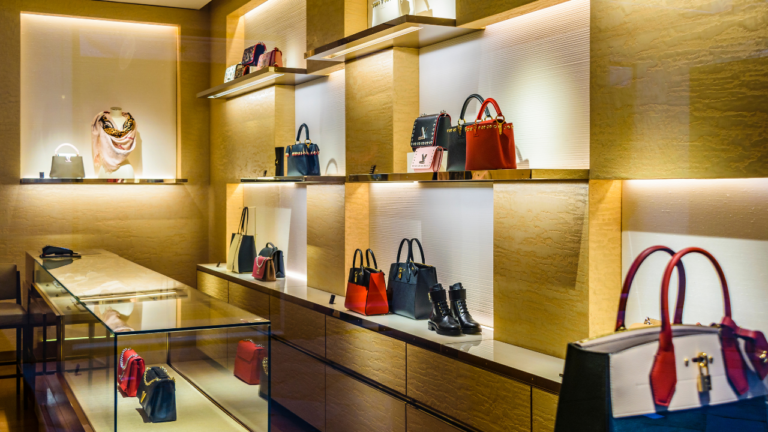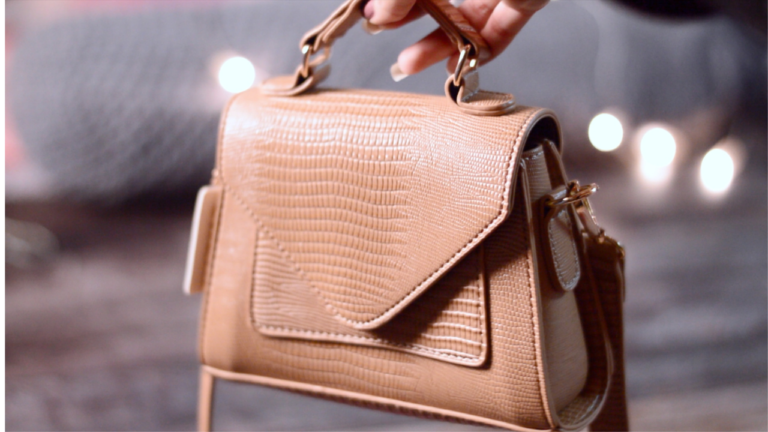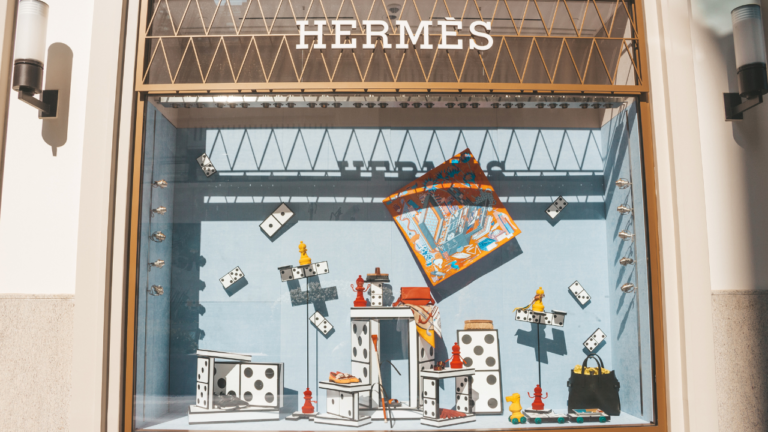Why Are Hermès Scarves So Costly?
The price of Hermès scarves is due to their limited production, artistic designs, high-quality silk, the brand’s prestigious reputation and their timeless appeal. They often collaborate with renowned artists for unique and intricate designs which add to their artistic value such that many people have become Hermès scarf collectors.
In this article, we’ll unravel the hefty price of Hermès scarves, why they are prices this way, what work goes into making each scarf and if they are worth the price Hermès says they are.
Key takeaways
- The high cost of Hermès scarves stems from their exceptional craftsmanship, unique designs by artists, and the prestige of the Hermès brand.
- Limited editions and the brand’s history of luxury and exclusivity add to the scarves’ desirability and investment value.
- Hermès scarves are not just fashion accessories but are considered valuable collectors’ items and symbols of status in the world of luxury fashion.
Why are Hermès Scarves so costly?
Embed from Getty Images1. You Adopt Their Brand Image With Their Scarves
Hermès has a prestigious reputation, by buying their products, the consumer is able to adopt their reputation as well. Hermès has a long and storied history and aligns themselves with many influential celebrities that uphold a certain image this adds to their brand image as well and tells consumers who they are.
2. High Quality Craftsmanship
The cost of materials and supporting their specialized artisans greatly elevates the production costs. Take their screen printing process for example, each Hermès scarf usually has at least 12 to 36 different pigments which contributes to a rich and varied palette.
On average, each scarf contains 27 colours, and it takes engravers about six months to determine the exact shades to be used. According to Hermès, their Colourists have a chart of 75,000 variations at their disposal and each scarf is individually screen-printed by hand. This is a long and tedious process as the design has to be separated into many films and the process of engraving the screens, one screen for each shade, takes roughly 750 hours.
The finish is no less demanding. The hems are hand-rolled (exactly 15mm) and hand-stitched on the front side – a great way to tell if you have an authentic example. One seamstress will complete about seven scarves a day. It’s all about quality and craftsmanship, not quotas. And it’s all done with care and devotion.
3. Artistry and Collaboration
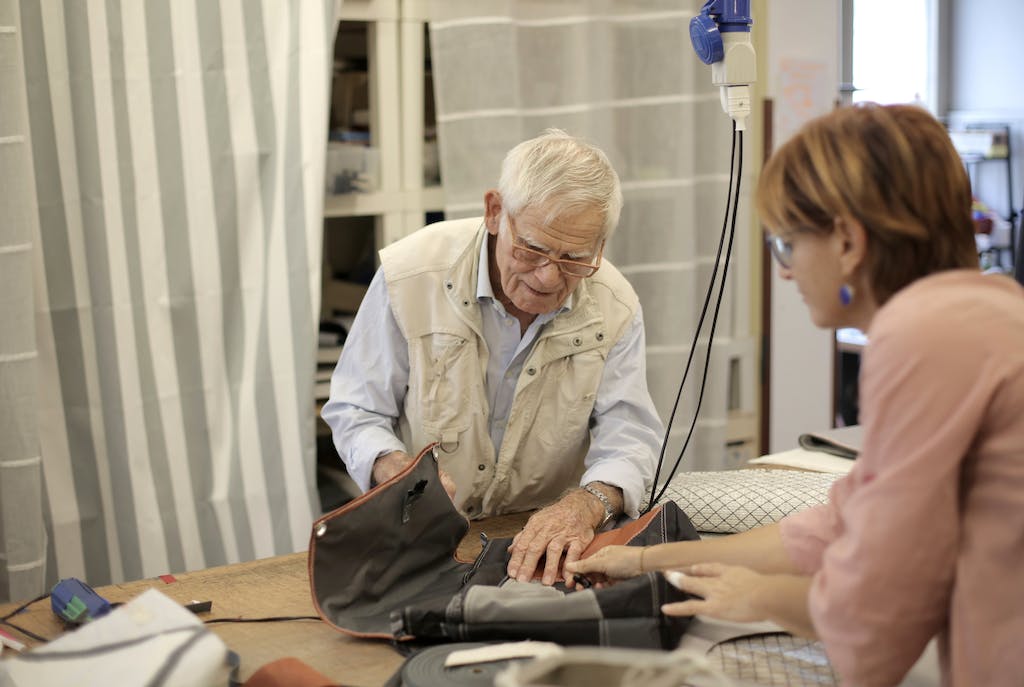
Hermès treats their scarves as works of art and are always collaborating with renowned artists for unique and intricate designs, often inspired by nature, art, or culture, adding to their artistic value and collectibility. They use these designs to tell a story and encapsulate diverse themes. Over the years, Hermès has produced over 2,000 unique designs, with each pattern being more intricate than the last.
Some of these famous artists include Kermit Oliver, famous for his Turkey scarf, Annie Faivre, Bali Barret, Virginia Jamin.
4. Expensive Material Costs
Hermès’ unwavering commitment to quality begins with its material. The silk used, primarily sourced from Brazil, is renowned for its fineness and sheen. It’s not just any silk, but a specific type known as “heavy silk twill,” which is both durable and lustrously soft, making it ideal for the detailed printing Hermès is famous for.
When it comes to their material, a single carré (square shaped scarf) which is usually priced to be at least $500USD, uses a staggering 37km of raw silk filament. This raw silk is specially sourced from woven by Bombyx Mori silk worms housed at a Hermès-owned facility in Brazil. Only the highest grade of silk is used, for its strength and thickness, giving the finished pieces a sleek weightiness.
5. Required Training For Artisans Before Printing A Hermès Scarf

The artisans who craft these scarves are skilled masters in their field, often with years of experience. The training alone to become an Hermès scarf printer can take several years. This expertise, combined with the time-intensive production process, justifies the scarves’ high cost and highlights the brand’s dedication to preserving traditional craftsmanship in a modern world.
6. Limited Editions and Rarity
Adding to the allure of Hermès scarves is their exclusivity. The brand frequently releases limited editions and special collections that are highly sought after by collectors. Some designs are reissued, while others are retired, making them rare and coveted pieces. This strategy of controlling supply enhances the scarves’ desirability and, consequently, their value.
7. Strategic Marketing
Hermès’ marketing strategy plays a pivotal role in maintaining the brand’s exclusive image. Instead of mass advertising, the brand focuses on creating a mystique around its products. Limited advertising, selective visibility in high-end fashion magazines, and a strong presence in luxury settings contribute to this aura.
Furthermore, Hermès’ marketing subtly underscores the craftsmanship and heritage of its products, appealing to a clientele that values artistry and history in their fashion choices.
8. Celebrity Endorsements and High-Profile Use
The visibility of Hermès scarves in high society and among celebrities further enhances their desirability. When a public figure is seen wearing an Hermès scarf, it reinforces the brand’s image as a symbol of status and luxury. These endorsements, often organic and unpaid, speak volumes about the brand’s positioning in the luxury market and influence consumer perception and demand.
9. Consistent Demand in the Luxury Resale Market
Despite their high cost, there’s a consistent demand for Hermès scarves in the luxury market. This demand is driven not just by the quality and prestige of the scarves but also by a consumer base that values luxury goods as symbols of status and personal style. Hermès has skillfully cultivated a clientele that appreciates the brand’s heritage, artistry, and exclusivity, ensuring a steady demand for their scarves.
10. Investment Pieces and Resale Value
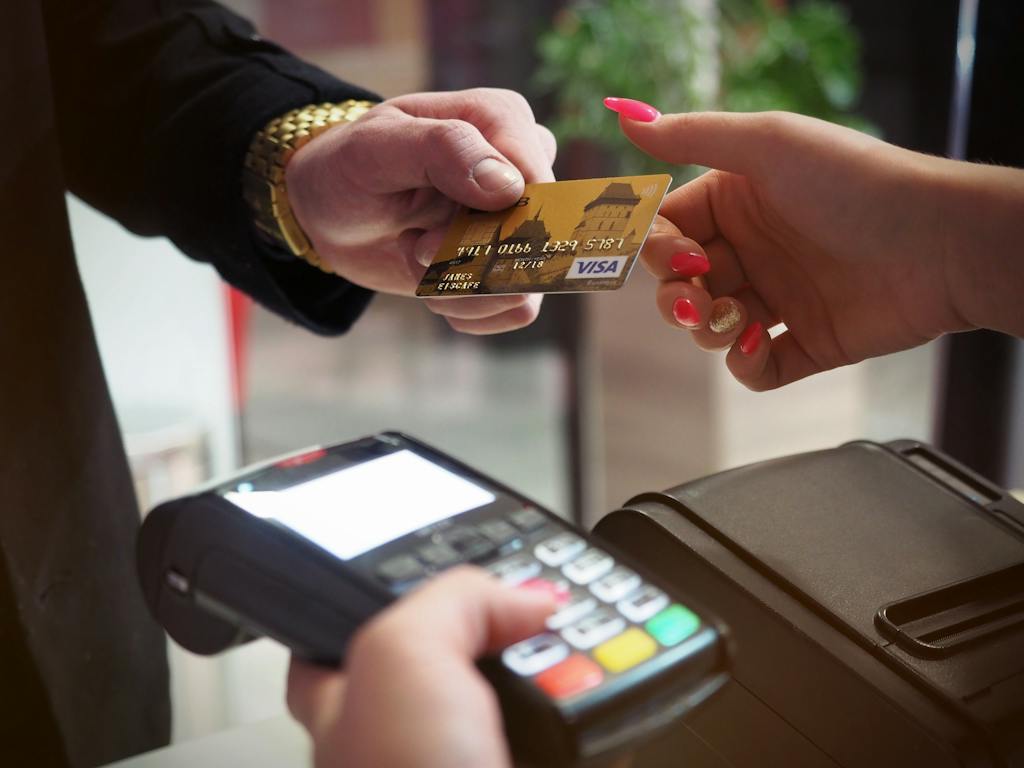
An often-overlooked aspect of Hermès scarves is their potential as investment pieces. Due to their quality, timeless design, and the brand’s reputation, these scarves maintain, and in some cases, increase in value over time.
Limited edition scarves or designs that are no longer in production can fetch high prices on the resale market. Especially ones designed by renowned artists. Take these Hermès scarves for example:
- Brides de Gala: Introduced in 1957, this equestrian-themed design is one of Hermès’ most iconic scarf designs. It can fetch up to $1,000 at auction.
- Les Clefs: First introduced in 1965, this design features an array of keys and can be sold for up to $1,500 at auction.
- Le Laboratoire du Temps: A unique design featuring an intricate clock face, created in 1999 by Joachim Metz, can reach up to $2,000 at auction.
- Pivoines: Featuring vibrant pink peonies, this scarf created by Christiane Vauzelles in 1978 can fetch up to $1,200 at auction.
- Hermès Pegase au Bloc Embroidered Scarf 140: This scarf is considered one of the most expensive Hermès scarves and is valued at $7,800. It is giant in size, made of premium silk and twill materials, and features lovely embroidered details.
These examples demonstrate the significant value and investment potential of Hermès scarves, with their prices often exceeding the original retail value due to factors like rarity, design, and condition
Conclusion
In our journey exploring the reasons behind the high cost of Hermès scarves, we’ve uncovered a world where luxury is defined by history, craftsmanship, exclusivity, and brand prestige. Hermès scarves are more than just fashion statements; they are a blend of artistic expression, meticulous attention to detail, and a legacy of luxury.
The price tag of these scarves reflects the brand’s commitment to quality, the skill of its artisans, the exclusivity of its designs, and its status as a symbol of elegance and sophistication.
Whether viewed as a fashion investment or a wearable piece of art, Hermès scarves stand as a testament to the enduring allure of luxury craftsmanship and the timeless appeal of exclusivity. As we’ve seen, the true value of a Hermès scarf lies not just in its material or design, but in the story and prestige woven into every thread.
FAQs
Why are Hermès scarves considered a good investment?
Hermès scarves can be a good investment due to their high-quality craftsmanship, timeless designs, limited availability, and potential to increase in value, especially for rare or vintage pieces.
How are Hermès scarves made?
Hermès scarves are crafted using high-quality silk, with each design being screen-printed manually, a process that can involve up to 43 distinct colors and take up to 18 months, reflecting the brand’s commitment to detail and quality.
Can the value of an Hermès scarf increase over time?
Yes, the value of an Hermès scarf can increase over time, particularly for limited edition or discontinued designs, making them not only fashion statements but also collectible items with potential resale value.
